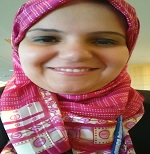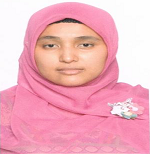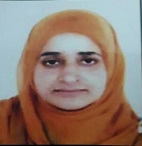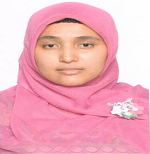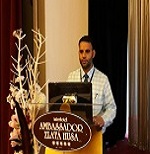Keynote Forum
Karen Pierce
University of California, USA
Keynote: Autism from the beginning: early screening and detection and the search for biomarkers
Time : 09:40-10:20

Biography:
Karen Pierce has been studying autism for the past 20 years and is a Leading Expert on the neural and clinical phenotype of ASD. Her research spans a range of topics from early screening and detection to eye tracking and functional magnetic resonance imaging (fMRI). Her early detection approach, called the 1-Year Well-Baby Check-Up Approach, has identified several hundred ASD toddlers around the 1st birthday and has resulted in rapid treatment access. This is a major advance because the mean age of detection in the US is around 4 years in age. She has been invited as a Keynote Speaker on the topic of Autism at both national and international conferences. Her work is published in high-impact journals and has been highlighted in the public media including CNN, The Wall Street Journal, and Time Magazine. Her research is funded by both NIH as well as private organizations such as the National Foundation for Autism Research. She has been honored by several awards including US Department of Health and Human Services IACC Top Research Paper Award, Autism Speaks Top 10 Research Paper Award, and the San Diego Health Hero Award.
Abstract:
Our understanding of autism spectrum disorder (ASD) has advanced tremendously across the past decade, with a growing appreciation of its probable prenatal origins and wide-ranging biological features. Still it remains behaviorally identified and diagnosed with the mean of detection in America after around age of 3-4 years. The first three years of life are the most primary transformative period for human postnatal brain development. Such a late age of ASD detection and subsequent treatment (that is most often after age 3 years) has implications not only for the long-term outcome of the child, but for the ability of scientists to discover early biomarkers of ASD. This presentation will describe efforts to detect ASD in the general population around the 1st birthday via the use of a new approach–the Get S E T Early Model - that hinges on pediatrician engagement in the early detection process. The author will present data on the diagnostic stability of ASD starting at 12 months and will explore the phenotypic overlap of ASD and other early delays during early development. The presentation will also describe how ASD toddlers detected via the Get SET Early Model have been essential in making new discoveries of early biomarkers in the areas of eye tracking and functional brain imaging. For example, most recently the author has created an eye tracking test, the GeoPref Test for Autism, which identifies a subset of ASD toddlers based on unusual visual attention patterns with 98% specificity. ASD toddlers that display the most severe eye gaze patterns as indexed through eye tracking also show highly unusual patterns of brain connectivity. Disentangling heterogeneity through eye tracking, brain imaging and other approaches is foundational in making a significant progress towards the goal of precision medicine for ASD and will be a key focus of the presentation.




